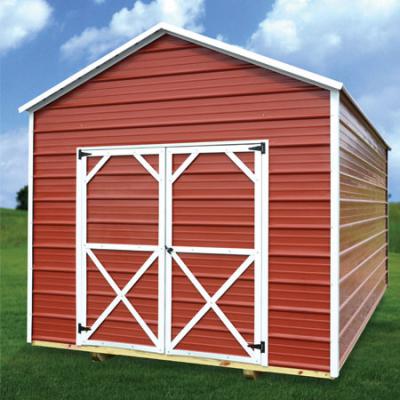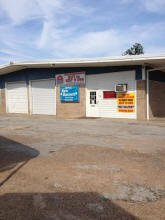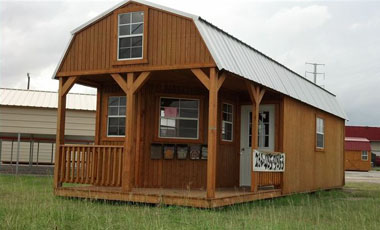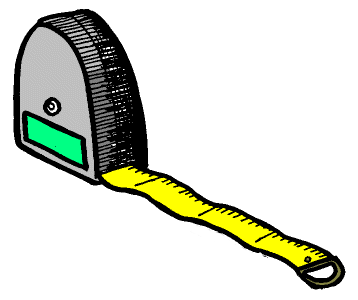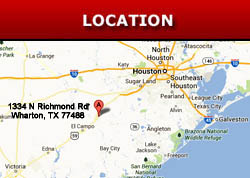History of
Shiner, Texas
In the valley between the Lavaca
and Guadalupe rivers, it began as an Indian settlement
called "Half Moon." It was a place of ranchers and
cattle, the railroad and Indians, outlaws and Texas
Rangers -- and cotton was "King." Texas roots run deep
in Shiner, Texas.
George West, one of the first to
drive cattle in this part of Texas, was married to a
Shiner - and Henry B. Shiner donated the land for the
town of Shiner to have its start in 1887.
Shiner is at the intersection of
U.S. Highway 90A and State Highway 95, fourteen miles
west of Hallettsville in western Lavaca County. In 1885,
a post office called Half Moon was opened at a trading
post near the present site of Shiner. When the San
Antonio and Aransas Pass Railway came to the area in
1887, it bypassed Half Moon and built through land owned
by Henry B. Shiner. Shiner donated 250 acres for a
right-of-way and depot, and a town soon grew around the
new transportation facilities. At first, the community
was called New Half Moon, but in 1888 its name was
changed to Shiner. Shiner was incorporated in
1890, and L.P. Amsler was elected the first mayor.
Czech and German immigrants soon
became the dominant ethnic groups, and Shiner developed
a cohesive Czech community through social organizations
such as the National Sokol Society and the Slavonic
Benevolent Order of the State of Texas. The population
was reported at 2,213 in 1986. The town supports a
weekly newspaper, the Gazette, which was established in
1892. The most important agricultural products are dairy
and beef cattle, cotton, and corn. Shiner has
industries that manufacture wire, racks, dye, and tool
plating.


